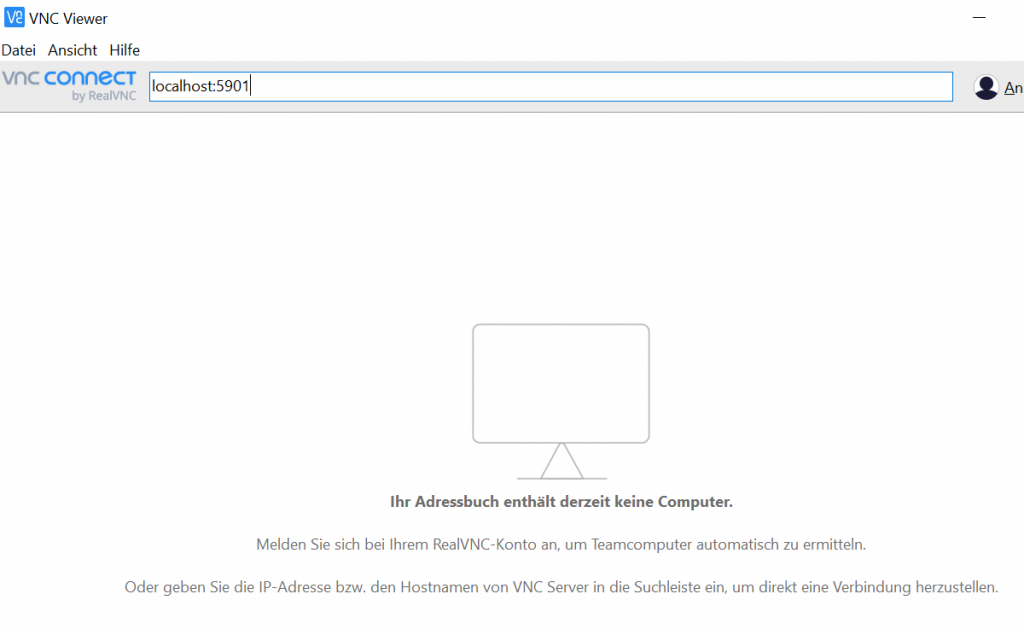

- #Vnc vs ssh overhead how to#
- #Vnc vs ssh overhead install#
- #Vnc vs ssh overhead drivers#
- #Vnc vs ssh overhead full#
- #Vnc vs ssh overhead software#
#Vnc vs ssh overhead install#
Just follow this guide.Įnbable the VNC server in the Raspberry Pi menu by selecting enable (this is done manually here, usually this would be done through the qbee configuration engine).ĭownload and install the RealVNC viewer for your local computer. Alternatively you can just install the RealVNC server or any other VNC server on your device.ĭownload the qbee agent and bootstrap the device to the qbee platform.
#Vnc vs ssh overhead full#
Install a full Raspbian / Raspberry Pi OS image on your Raspberry Pi. On the receiving end we use the RealVNC viewer. However, any other VNC server will work as well and this works on any platform qbee runs on. For this example we use a Raspberry Pi and RealVNC server as this is already part of the Rasbian image (Raspberry Pi OS). In this use case example it is shown how we connect to a remote VNC client on the embedded edge device. With VNC usually running on port 5900 it is possible to use for example RealVNC to do desktop streaming.
#Vnc vs ssh overhead software#
The desktop client software works on Windows, Linux and MacOS. Qbee.io can access any remote port locally on your PC going through any type of network.

#Vnc vs ssh overhead how to#
How to create a Raspberry Pi golden master image?Īccess any remote port on an edge device through any network Manage Node-RED and UIbuilder through GitHubĬan other devices' web server be relayed? Using Docker to deploy Node-RED, InfluxDB and GrafanaĪutomatic Node-RED flow deployment with GitHub Use RealVNC or any other VNC to access and control a remote desktopīuild, distribute and run binaries using GitHubĬreate, install and run python packges using GitHub Secure remote web server access (Node-RED) SSH login with own terminal and/or without password don't trust your ISP/employer/government/coffee shop), you should tunnel your VNC connection over SSH.Select the appropriate agent for your device However, VNC does not include any encryption for the actual session. If you choose a strong password, it should be safe to make this accessible over the internet without random people logging in to your computer. If you login in with VNC to find a blank screen with a terminal in the middle of it, you can run startkde to get a full KDE environment.Ĭompositing ("KDE desktop effects") will not work due to the lack of hardware acceleration - I think this is actually OK as 1) it tends to cause poor performance and graphical artifacts with x11vnc, and 2) it wouldn't work on X11 forward either. I'm not completely sure what kind of session you'll get by default. # Now start your VNC viewer on the other machine and try to connect # Types in a password for your VNC server It's can be as simple as: sudo apt-get install tightvncserver This is most easily done with the vncserver command, which is provided by the tightvnc or tigervnc package. So instead of installing X11 normally on your "headless" server, I recommend that you set up a special kind of X11 session that can only be used over VNC. You get an unnecessary performance overhead from drawing everything to the real display and then scraping it off that, and also, if it's slightly strange dedicated server hardware, it might not actually have a real graphics adapter.
#Vnc vs ssh overhead drivers#
There's no point setting up X properly, getting graphics drivers and so on, and working out how to automatically log in. However, I think it's not the best approach for a headless server.

It's also really easy to set up if you've already got X running. This is great for things like interacting with a desktop you've left on in another room, or helping a friend sort out a problem in another city. the same stuff that's showing on the local machine's physical monitor). You can use x11vnc (or similar software like Vino or kfrb) to view and interact with your "real" display (i.e. There are basically two ways to host a VNC server on Linux. It is only a slight exaggeration to say that, every time anything at all happens, X11 requires multiple network round-trips.ĮDIT: Also, you asked about VNC, and this isn't it. However, in practice this only works on a fast local network - modern applications are practically unusable with even moderate network latency. Yes, X11 is natively network-transparent, in theory. Feel free to skip ahead to the vncserver section for the method I would actually recommend. I feel a little bit mean doing this, but I'm going to explain why I think some of the answers already posted are sub-optimal.


 0 kommentar(er)
0 kommentar(er)
